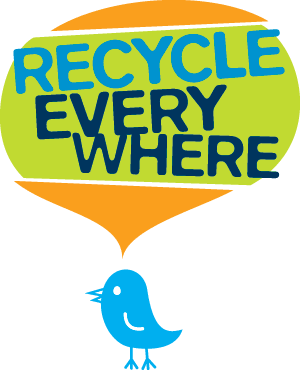SAULT NORTH WASTE MANAGEMENT

Backyard Burning
YOU can be part of Sault North’s solution!
Here are some responsible ways to prevent backyard burning:
Reduce – Buy products with less packaging, buy only what you need
ReUse – Donate reusable items to charity, shop at second-hand stores & yard sales
Recycle – Participate in Recycling Days! Make sure hazardous wastes are disposed of properly!
Compost – Turn your yard and kitchen waste (no meats or fats) into rich soil for the garden
Landfill – If you must throw it away, use a proper disposal site, never dump illegally.

What is backyard burning?
Backyard burning is the practice of burning
household garbage, yard waste, and other
materials in a barrel, open pit, woodstove,
or fireplace on residential property.
Why is backyard burning a concern?
Backyard burning releases toxic chemicals
into the environment which can cause negative
health effects in people, plants, and animals,
as well as creating pollution.

How does my little fire create pollution?
Unlike an industrial incinerator, our backyard fires and woodstoves cannot reach temperatures
hot enough to achieve complete combustion. Additionally, when our fires burn materials
containing chlorine (like paper, cardboard, plastics, food scraps, etc.), a chemical reaction takes place that creates highly toxic chemicals known as dioxins and furans.
What types of chemicals are released?
Backyard burning releases carcinogens like dioxin and benzene, respiratory irritants like
particulate matter and sulfur dioxide, and poisons like carbon monoxide and heavy metals.
These chemicals contaminate the air we breathe, the water we drink, and the soil we grow our food in!
Did you know?
A recent Sault North resident survey conducted by SNWMC revealed that:
Over 50% burn some portion of their waste
Over 50% believe that burning waste is a way to save landfill space
Less than 20% are concerned with the health impacts of backyard burning
Here’s the truth:
Burning – even paper – makes pollution!
Burning may save landfill space, but the risks to our health and the environment are too important